This glossary of 12 horse terms for beginners was inspired by my non-horse owning, city-girl (her words) best friend. Horse terms can be confusing if you are new to horses, or just wanting to learn what language your horse-loving friends are speaking.
What does it mean to say a horse is 15 hands high? What are withers and where are they on a horse? Why are horses measured in hands and where did the term come from? What is the difference between a mare, stallion and gelding? What is the difference between a foal, colt and filly?
The Most Basic Horse Terms Glossary
There are so many horse terms that one must know when learning about or working with horses. The horse world has its own set of unique horse words that sound like Greek if you have never heard them or if you’re having trouble remembering what something means. These are some of the most basic horse terms for beginners that I knew had to be explained. They are used every day by horse owners but may be confusing to anyone else.
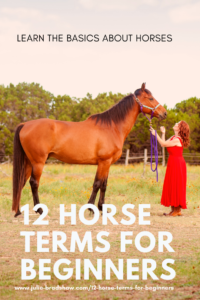
1. What does “hands high” mean? 2. How is a horse’s height measured?
What does it mean to say a horse is 15.2 hands high (abbreviated as hh by most horse people, reading 15.2hh for instance)? Hands high refers to how tall a horse is.
In order to explain this, you must first understand HOW a horse is measured. When measuring height in a horse, it’s not done from feet to head.
This would not be possible since the head is not in direct alignment with the feet like it is for humans. Plus the head is movable so the measurement would not be consistent.
Instead a horse is measured from the hooves/feet to the top of the withers.
3. Where exactly are the withers you ask?
They are the tallest, non-moving part of a horse and are essentially where the mane/neck ends and the back begins, a.k.a. the shoulders. The withers on the horse are in direct alignment (straight up and down) from the front legs of a horse.
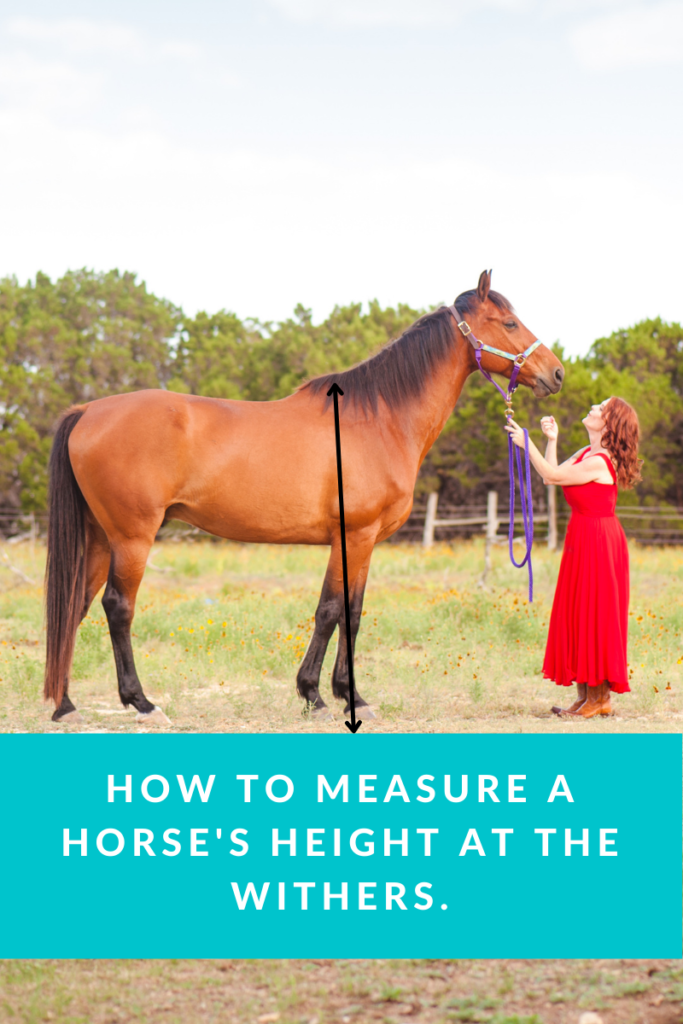
4. Measuring a horse
OK, this is a slight variation on a horse term for beginners but understanding how to actually measure a horse is critical to understanding “hands high.”
The horse needs to be standing with both front and back legs straight up and side by side ideally when measuring. (It’s not always easy to get a horse to do this so sometimes you have to just get close.). Being on level ground is necessary as well.
In a pinch, you can use a regular measuring tape with some basic math skills. Most horse owners will use a special measuring tape or stick designed just for this purpose. The tape is often double-sided to measure both height and weight.

5. What is a “hand” in horse terms?
My best friend inspired this “horse terms for beginners” article actually when she asked, “What does it mean to measure a horse in hands?”
A horse hand is simply 4″. That’s it. Each “hand” is 4″ in height/length. When you hear or see a horse height explained as 14.2 hh, what that means is the horse is 14 hands and 2 inches tall. You should only ever see 14.1, 14.2 or 14.3 though. Because 14.4 would actually be 15 hands instead.
If you ever see a horse listed as 14.7 or 14.8, the person listing it is either not being honest or truly doesn’t know how to measure a horse and may be guessing.
6. But WHY is the term “hand” used instead of just saying “X” inches? What is the history of measuring horses in hands?
Ancient Egyptians (approximately 3000 BC) were the first to measure horses using body parts (originally they used their arms to create what they called a cubit). I mean, they didn’t have measuring tapes back then, am I right?
Eventually though, the standardized system of a 4″ hand was created by Henry VII in the 1500s. And it has stuck.
And of course, this all applies to measuring ponies, donkeys, and mules as well.
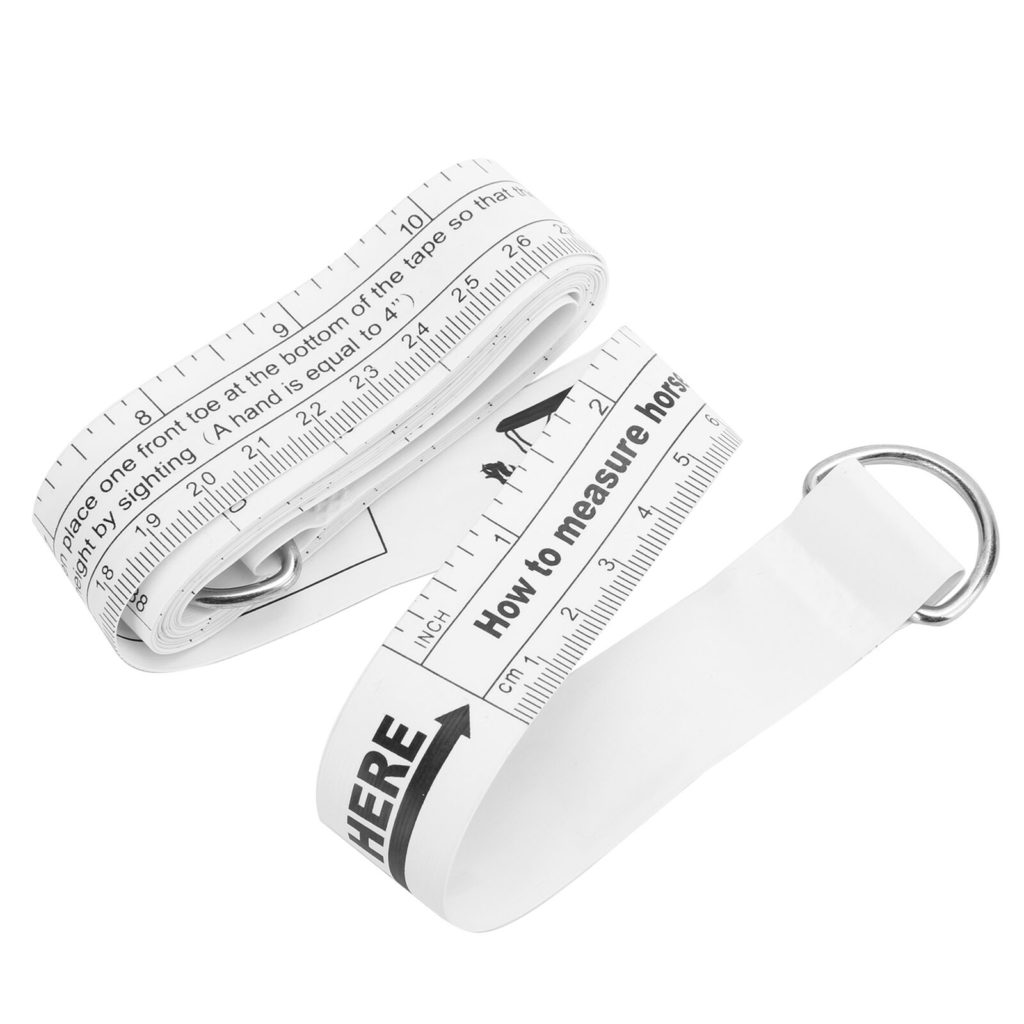
What is the difference between a:
7. Stallion
8.Mare
9. and Gelding?
Basic horse terms for beginners must include the gender of horses. When using the terms stallion, mare and gelding, an adult horse of breeding age is what is being referenced.
Stallions are male horses that are capable of breeding. They have not been castrated/neutered. Although often considered dangerous and volatile, this truly varies by horse.
Many stallions are shown in competition, ridden on trail rides and even used for lessons. Extra care should always be taken however unless the horse is known. They are often flashy in both their body and behavior. My palomino Arabian/Paint cross Ankh, seen in the picture, was a stallion when he first came to me at the age of 4.
Mares are female adult horses capable of reproducing. During breeding season, generally March to October, a mare will go in heat for several days.
Just as with women, mares may or may not experience marked emotional changes, pain, and behavioral changes during this time.
Signs a mare is in heat may include:
- frequent urination,
- “blinking” of the vulva
- turning her hind end to stallions or geldings
- or even rubbing her rump on fence posts, trees, etc.
Geldings are neutered male horses. They have been castrated and are no longer capable of reproducing.
In general this means that their testosterone levels decrease, and for previously challenging colts or stallions, their temperament becomes more enjoyable as a result.
Or since most colts are gelded (term to describe a male horse who has had gelding surgery) as a weanling (young horse who has been weaned from their mother’s milk but is not yet a year old), the testosterone never causes major behavior challenges.

What is the difference between a
10. foal
11. colt
12. and filly?
Continuing with basic horse terms for beginners, and gender, I will now move to young horses that are not yet of breeding age.
A foal is used interchangeably both before a mare delivers (after 11 months of pregnancy) and shortly after to reference a very young horse without reference to gender.
In human terms, the equivalent would be “baby.” “My sister just had a baby.” and “My mare just had a foal.” for example. Or exchange “just had” with “is expecting” to read “My mare is expecting a foal.”
A filly is a young female horse not yet of breeding age, so it might be used up to 18 months to 2 years of age (even though mares are not usually bred before the age of 3 at minimum) by some, although there is no distinct cut off.
Things get interesting when you get to the word “colt.” In some parts of the United States, “colt” has been used similarly to “foal” with no specific gender implied, i.e. a colt could be male or female. However technically speaking, a colt is a young male horse not yet of breeding age.
This always confused the heck out of me when I was younger and would hear someone reference a young horse as a colt and then find out it was female/a filly.
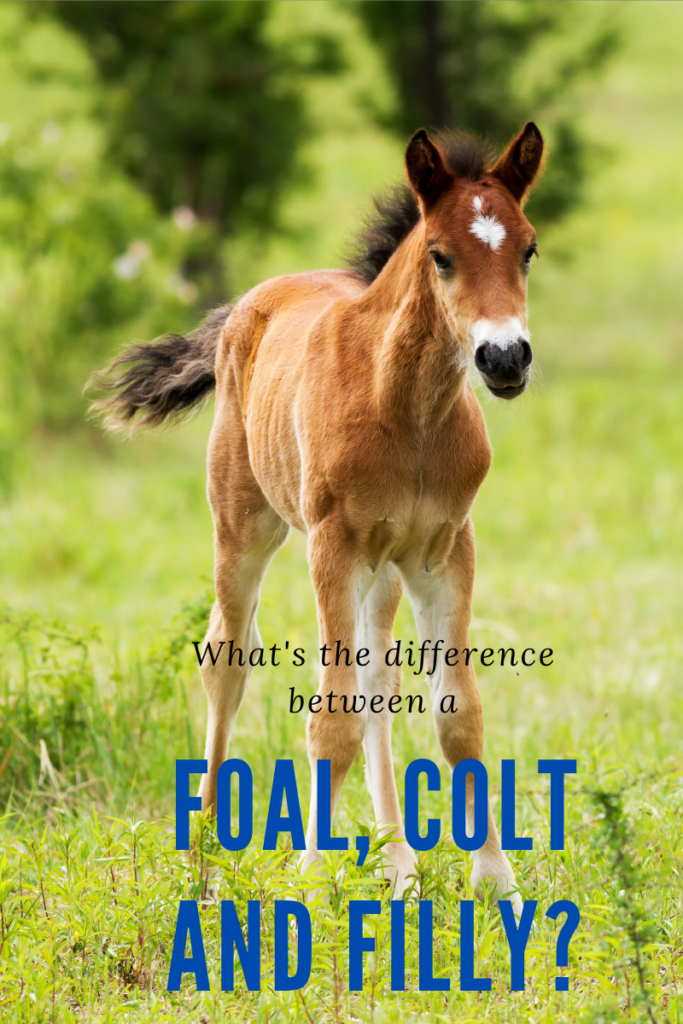
Horse Terms for Beginners Defined
Whether you’re brand new to horses or just needing a refresher, I hope this article helps with some of the most basic terms used by horse owners and handlers.
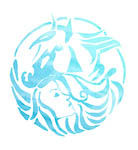

Great information!!! Thank you.
Thank YOU Cindy!
I needed this education. It was well-written and easy to understand. Thank you!
Oh I’m so glad to hear you say that Cindy! I wondered if something so “basic” was needed, so it really is confirming to know that it is!